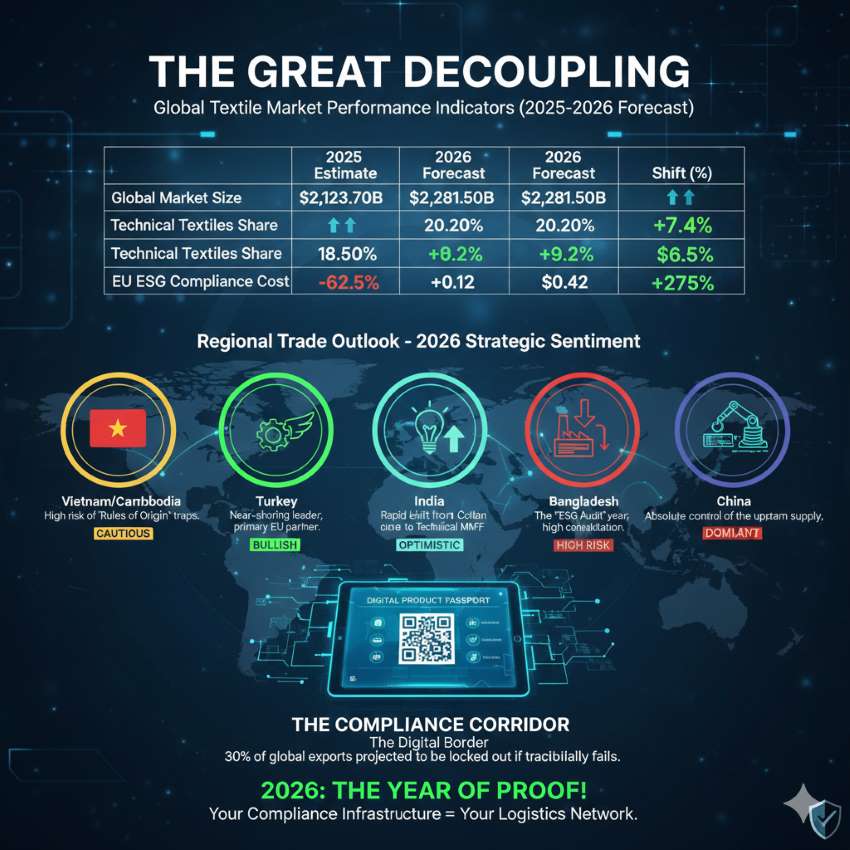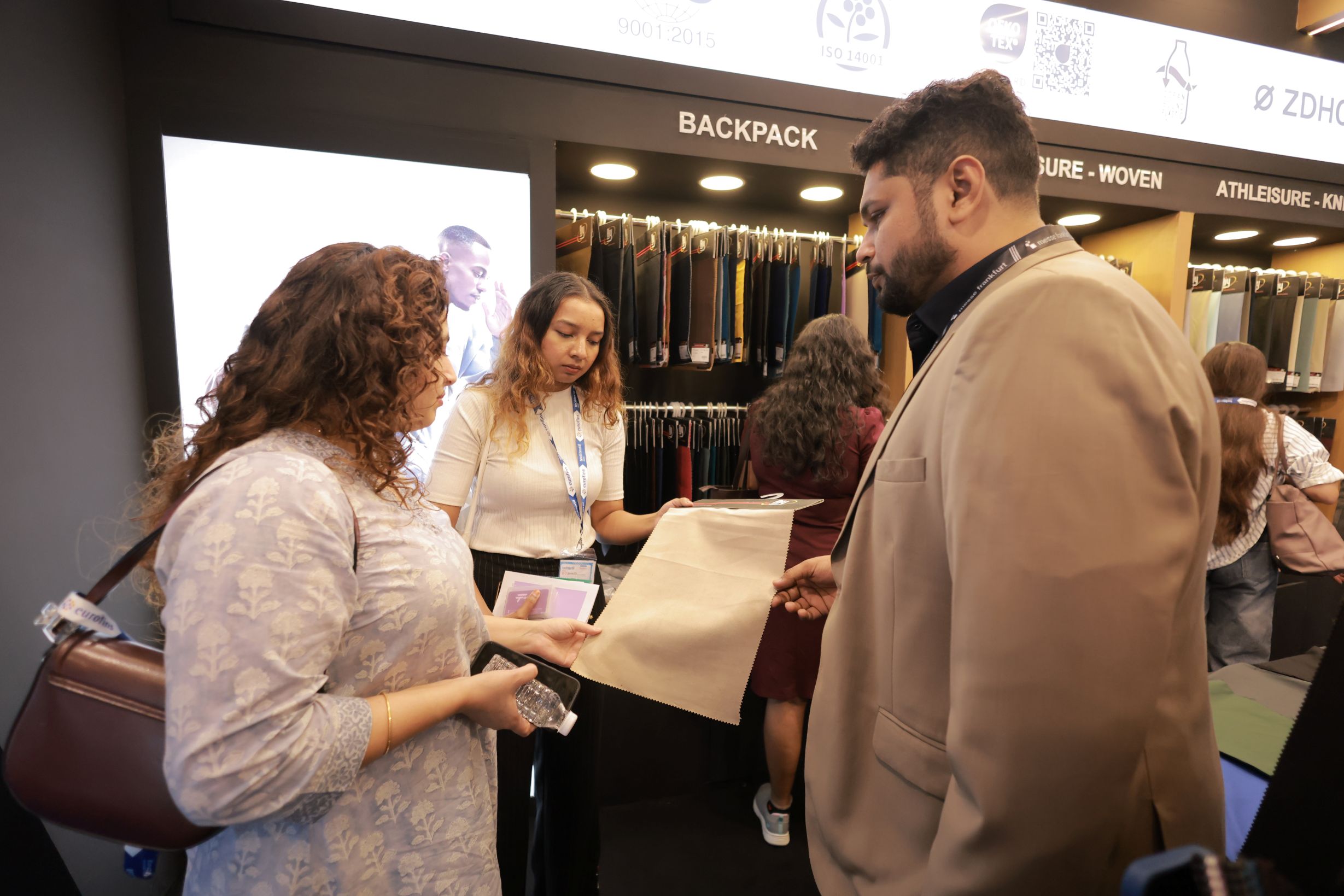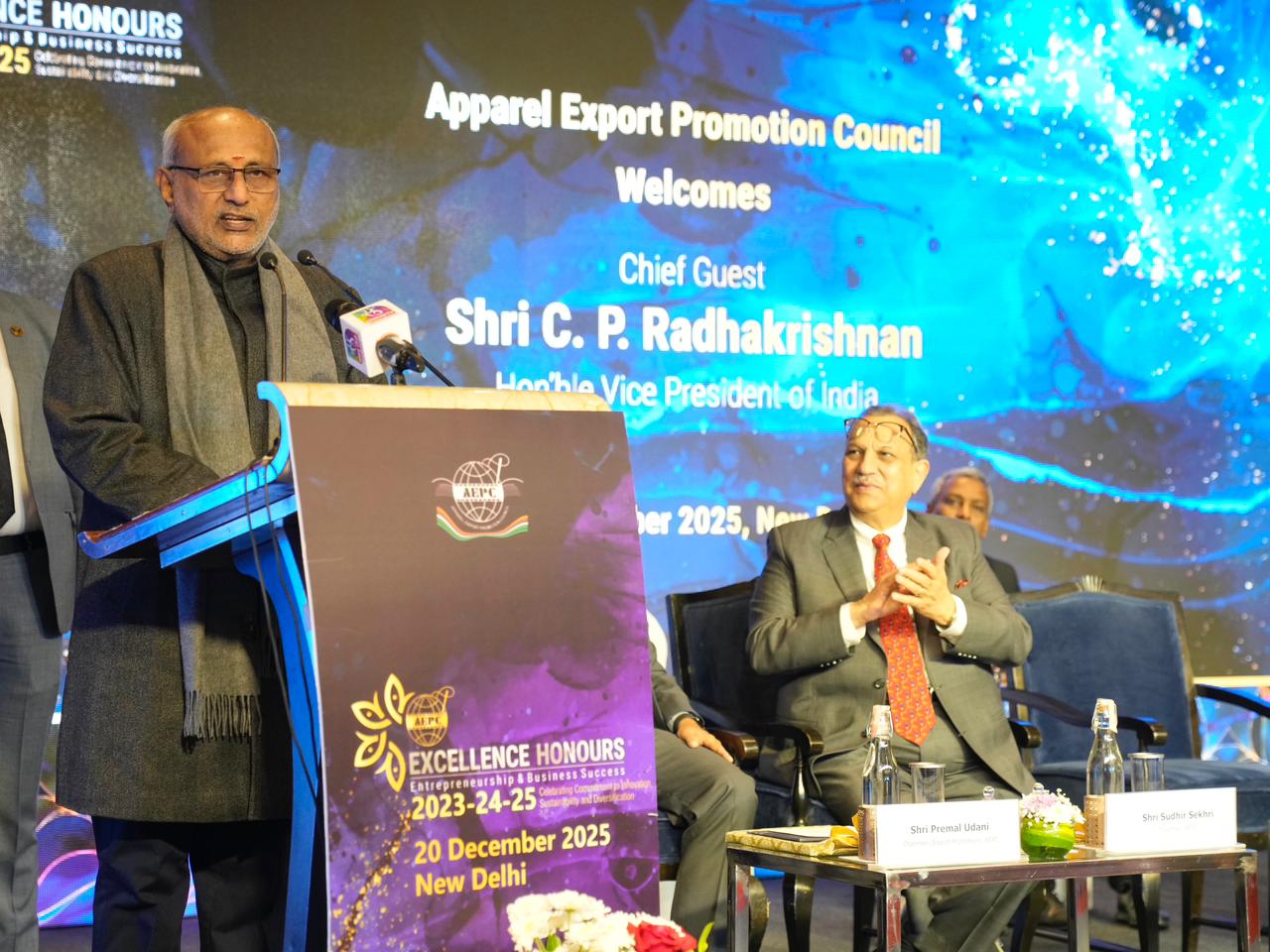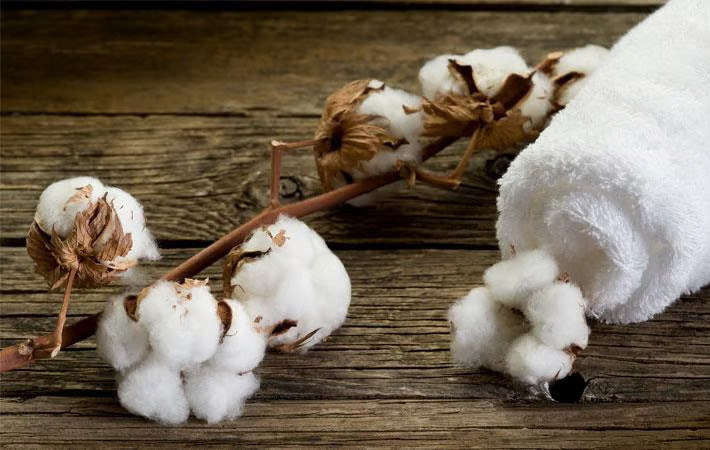FW
United Apparel Fiji has become the first company in the Australasia region to attain platinum status as a Worldwide Responsible Accredited Production (WRAP) facility.
The company has been a WRAP gold certified facility for the past two years and had attained gold status at the first attempt. It is a strong believer in the continuous improvement process.
Platinum certifications are awarded to facilities that have demonstrated full compliance with WRAP’s 12 principles for three consecutive certification audits. A platinum facility has to successfully pass every audit with no corrective actions or observations and maintain continuous certification with no gaps between certification periods.
WRAP is the world’s largest independent certification program and mainly focuses on the apparel, footwear and sewn products sector. The WRAP certification program’s objective is to independently monitor and certify compliance with these standards to ensure that sewn products are being produced under lawful, humane and ethical conditions.
Participating facilities voluntarily commit to ensuring that their manufacturing practices will meet these standards and further commit to passing along, on their part, the expectation that their contractors and suppliers likewise comply with these standards.
United Apparel is one of Fiji's leading garment production facilities in the industry, equipped with the latest in advanced manufacturing technology.
Production of Tamil Nadu textile manufacturers is expected to reach Rs 75,000 crores by 2020 up from Rs 50,000 crores now. The state ranks third in textile production and exports in India. Spinning, handloom, powerloom and garments are the four pillars of textile sector in the state.
The industry in Tamil Nadu has seen highs and lows in the last few years. At one time it had to face a power problem. Adequate power is the lifeline of the industry. Utilization fell to about 70 per cent. In some of the smaller mills, without captive generation plants, it went down to even 60 per cent.
Currently India is looking to add around 3 to 3.5 million spindles a year against an average number of 2.5 million spindles over the past five years. The southern region is expected to contribute to about one million and more spindles every year.
Tirupur's textile industry does business worth over Rs 50,000 crores every year, including revenue earned from exports. The industry also employs over 1,000,000 people. Over 80 per cent units in the cluster are dependent on job work to carry out the various stages of garment manufacturing. The product is normally transported from one stage of processing to the other at least five to seven times before getting packed for shipment or for domestic sales.
Canadian brand Aldo is set to buy Vince Camuto, which sells men’s and women’s shoes, bags, clothing and accessories is part of the US-based Camuto. The Camuto Group produces shoes and apparel for brands including the Jessica Simpson Collection, Tory Burch and Lucky Brand Jeans.
The merger will create an impressive, large and scaled footwear operation. The takeover will give Aldo a bigger footprint at a moment when fashion brands are seeking growth through mergers and acquisitions.
Aldo was founded in 1972 by the son of a shoe merchant and the grandson of a cobbler. Aldo opened its first store in the United States in 1993 and now sells shoes in more than 3,000 locations worldwide. The company employs more than 20,000 people and has sales of about 1.5 billion dollars annually.
The brands will be kept separate, so there are no plans to sell Vince Camuto products in Aldo stores. Aldo’s takeover of the Vince Camuto brand is the latest transaction to reshape the fashion industry. Last week, Michael Kors said it would acquire Jimmy Choo for about 1.2 billion dollars. And in May, Coach agreed to pay 2.4 billion dollars to acquire Kate Spade.
Next year, global demand for cotton is expected to inch up three per cent over this year as yarn spinning mills in Bangladesh and Vietnam increase their production and China continues on a steady course as the world’s largest textile manufacturer. In the last four years, global demand has grown between one and 1.5 per cent per annum. With supply outpacing demand, cotton prices are expected to fall later in the year.
In the last few years, the cotton market has had a huge roller coaster, which makes it hard to plan and make commitments. China, the world’s largest cotton consumer and the second largest cotton producer, has gradually been selling off its huge stock of cotton it started warehousing in 2011 to support its farmers with premium prices. But cotton can’t be hoarded forever because it starts deteriorating. So, in late 2013, China started selling off its vast reserves, which peaked at 68 million bales and is now down to about 40 million bales but that is still about twice the annual production seen in the United States.
With China supplying most of its own cotton in the last few years, the two biggest export markets for US cotton have been Bangladesh and Vietnam as those countries increase yarn production.
Berlin Fashion Week was held from July 4 to 6. The event highlighted that sustainable production and operations have really arrived and are being embraced by brands, manufacturers and consumers. The hippy eco image of the past is being superseded by a natural and more caring approach to resources, workers and production conditions. Production volumes and locations are being challenged and, where necessary, alternatives are being found. Many are producing products not only sustainably but also to a high standard of quality.
The twin fairs Ethical Fashion and Green Showroom were wholly devoted to organic fashion. Exhibitors were trendier than before. If Italy, one of the world’s greatest forces in the world of fashion, is giving sustainability a chance, there is no doubt people are going to sit up and listen. The focus of this latest push on sustainability remains firmly on design and style, as the one should never exclude the other.
Premium at Gleisdreieck is deemed one of the most important hubs at the Berlin trade shows. The majority of exhibitors appeared to be pleased with the outcome of the event. Exhibitors included the Düsseldorf-based label Wunderwerk, launched in 2012 and features sustainable and fair trade fashion. Premium attracts all the buyers and decision makers currently in the market and customers aren’t necessarily looking for a sustainable collection but want fashion and quality and value for money.
Invista’s brand Cordura is broadening its portfolio of protective performance fabric technologies suitable for today’s work wear environments. The range varies from FR solutions featuring Cordura fabric technology for enhanced durability to specialist stretch materials for garment reinforcement.
There is a range of flame retardant coated fabrics engineered with Cordura fiber technology for enhanced abrasion resistance. The latest hardwearing, hard-working denims including cutting-edge fabrics with high tear strength and stretch recovery in addition to Cordura’s 4Ever knits.
Finding next generation solutions for today’s workers means looking at how to increase the comfort quotient and functionality of textile technologies without compromising on the durability or protection required. Carrington FlameTougher 280AS made with Cordura Nyco fabric technology offers enhanced abrasion and tear resistance and is designed to meet EN1162 for flame retardant clothing.
Cordura fabrics with Susterra bio based membranes and coatings are used for safety footwear (Tiong Liong, Taiwan) and outdoor apparel (Everest, Taiwan). In a work environment, fit for purpose requirements dictate the functionality of the garment.
The company has high visibility, lightweight, waterproof, durable two- and three-layer laminated fabrics for outerwear. It also has fabrics of 140 gsm to 220 gsm targeted for garments used in road/rail construction as well as security and emergency services.
Innovation has been the driver of Colombia’s apparel industry and it believes in social responsibility and sustainability. Sportswear and swim company Tejidos Gulfer is helping the country cut back natural resource use and minimize poverty with its latest outreach efforts. Tejidos Gulfer currently has an environmental policy that incorporates Greentec technology stamping machines, which minimizes the amount of water used in apparel production. The company also runs a social responsibility program that builds homes for people in need.
With more than 24 years in the business, True Shapers, another Colombian brand, is making moves in the lingerie space. As a leading brand in control clothing and girdles, True Shapers is available in more than 14 nations. The company manufactures its garments with advanced fabrics, including 3 Structured D and 3 Plus D, that offer wearers comfort without restricting body movement.
Lafayette, one of Colombia’s leading sports fabric suppliers, is also a major player in recycling and water conservation. The company currently reuses 24 per cent of its water for other production processes, while reducing water consumption from 43.5 to 36 liters per meter of fabric. In addition to engaging in water conservation, Lafayette also uses boiler conversion technology to reduce carbon emissions from apparel production.
The prosperity index of China’s cotton textile industry dipped to 48.97 in May, down 0.28 from April. In May, raw material purchasing index was 50.83, up 1.13 over April; the raw material inventory index was at 48.43, edged up 0.21 month-on-month; production index was 50.31, rising 0.43 from April; the product sales index came in at 49.50, up 0.41 over April; the product inventory index was 46.60, down 0.18 from April and the business index came in at 48.25, down 0.41 from the previous month.
In May, the cotton textile industry and downstream industries began to enter a slack season, market prosperity dropped, yarn and fabric inventory increased, but production was unaffected. The transaction of state reserve cotton was 4,11,000 tons, an increase of 7,000 tons over April.
The price of domestic cotton was at a relatively stable level but the prices of cotton yarn and gray fabric kept declining and production-marketing ratio dropped. In June, the market for cotton yarn and gray fabric kept declining. Therefore, the prosperity index of China's cotton textile industry is estimated to go down further.
The prosperity index of China’s cotton textile industry is based on the weighed calculation of numerous main indicators of about 200 backbone cotton textile enterprises. A reading above 50 indicates expansion, while a reading below reflects contraction.
China will soon launch a new commodity futures contract as the country pushes for development of its commodity derivatives market. Starting from August 18, cotton yarn futures will be trading on the Zhengzhou Commodity Exchange, with preparation work for the launch already completed.
Trading tests will take place on August 5 and 12. Futures contracts oblige investors to buy or sell underlying assets at a predetermined price at a specified time, helping investors mitigate risks of price volatilities.
Cotton yarn futures together with cotton futures, which are already traded, would help companies in the industry to hedge against and improve management of risk. Large and frequent fluctuations in cotton yarn prices have had a negative impact on related industries in the past few years, and the launch of the cotton yarn futures will be an answer to market demand.
China has been developing its commodity derivatives market and plans to gradually open it up to foreign investors. Earlier in April, the country launched white sugar options, the second commodity options after soybean meal.
China is changing the dynamics of trade from price-setting to risk management. Despite criticism that the Chinese commodities exchanges are rife with retail investor speculation, their wild price moves still influence global pricing.
Bangladesh wants its total exports to grow at 7.87 per cent for fiscal year 2017-18. Garments are expected to contribute $30.16 billion to the total targeted amount with 8.12 per cent growth. The country is also looking to earn $1.38 billion from the leather industry, followed by jute and jute goods at $1.05 billion and $880 million from home textile products.
These targets have been set taking into consideration the global economic outlook, policy changes in import and export destinations, the fluctuating exchange rate, stakeholders’ feedback and supply side capacity. Business leaders feel the export targets are achievable but the sectors need support, including gas and electricity connections.
Despite spending a lot on safety standard improvements, exporters, especially from the apparel sector, are not getting a satisfactory price for their products. Bangladesh’s overall export earnings in fiscal 2016-17 were 1.68 per cent higher than what they were a year ago. They were also the lowest in the last 15 years.
The lead time is very important as businesses have to import raw materials to make the products. There is another struggle to ship the products due to the congestion in Chittagong port.












